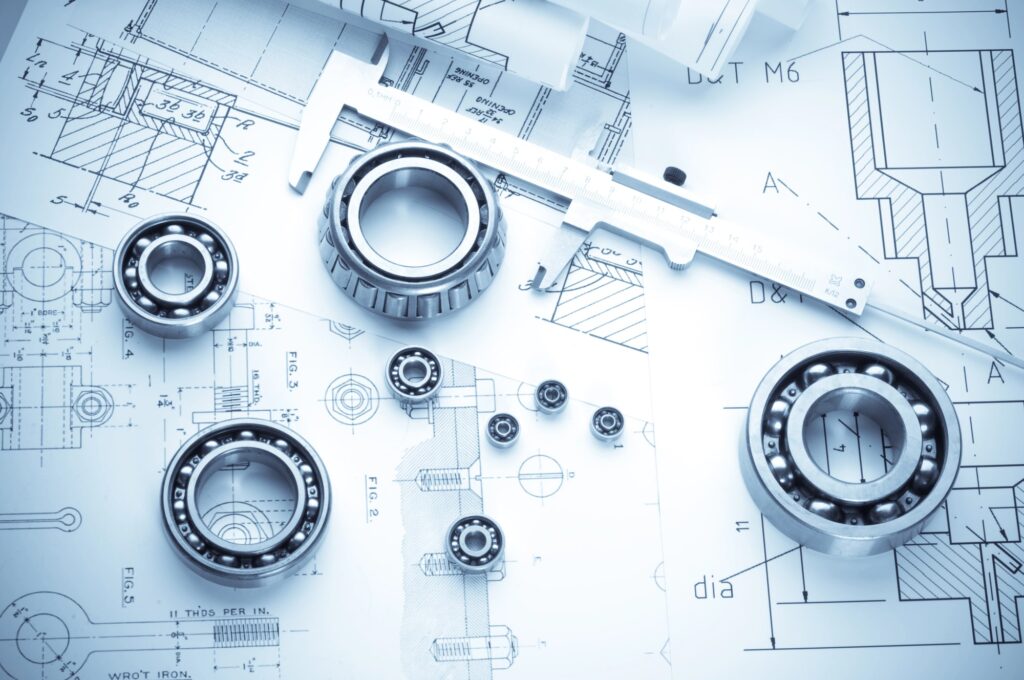The vision for a new RFK Stadium in Washington, D.C. is already taking shape. It promises a transformative development that could redefine the city’s architectural and cultural landscape. As plans progress, stakeholders are eagerly anticipating how this iconic site will be revitalized to meet modern standards while preserving its historic significance.
Reimagining an Iconic Venue
The RFK Stadium, named after Robert F. Kennedy, has been a cornerstone of Washington, D.C.’s sports and entertainment scene for decades. The stadium has hosted numerous memorable events, from sports matches to concerts. However, as the structure aged, the need for a modern, multifunctional facility became increasingly apparent.
The new vision for RFK Stadium aims to honor its storied past while embracing the future.
Architectural Innovation and Sustainability
One of the key aspects of the new RFK Stadium is its commitment to sustainable design. The architectural plans emphasize the use of eco-friendly materials and energy-efficient systems, ensuring that the stadium aligns with contemporary environmental standards.
This approach not only reduces the carbon footprint but also sets a benchmark for future developments in the region.
Architects and engineers are exploring innovative design elements that incorporate green spaces, renewable energy sources, and advanced waste management systems.
These features will not only enhance the aesthetic appeal of the stadium but also promote a healthier and more sustainable environment for visitors and the local community.
Multifunctional Spaces for Diverse Events
The new RFK Stadium is envisioned as a versatile venue capable of hosting a wide range of events. From major sports tournaments to cultural festivals, the stadium will be equipped with state-of-the-art facilities to accommodate various activities.
Book Your Dream Vacation Today
Flights | Hotels | Vacation Rentals | Rental Cars | Experiences
This multifunctionality is crucial for maximizing the use of the space and ensuring its financial viability.
Key features of the new design include:
- Flexible seating arrangements to cater to different event types
- Advanced acoustics and lighting systems for concerts and performances
- Ample parking and easy access to public transportation
- Modern amenities such as high-speed internet and smart technology integration
Community Engagement and Economic Impact
The redevelopment of RFK Stadium is not just about creating a world-class venue; it’s also about fostering community engagement and driving economic growth. The project aims to create new job opportunities, stimulate local businesses, and enhance the overall quality of life for residents.
Job Creation and Local Business Support
During the construction phase, the project is expected to generate numerous jobs in various sectors, including construction, engineering, and design. Once completed, the stadium will continue to provide employment opportunities in areas such as event management, hospitality, and maintenance.
Local businesses will also benefit from the influx of visitors attending events at the new RFK Stadium. Restaurants, hotels, and retail stores in the vicinity are likely to see increased patronage, contributing to the economic vitality of the area.
Enhancing Quality of Life
The new RFK Stadium is designed with the community in mind. Public spaces, recreational areas, and cultural amenities will be integrated into the development, providing residents with new opportunities for leisure and social interaction.
The stadium’s proximity to public transportation will also make it easily accessible, encouraging more people to participate in events and activities.
By creating a vibrant and inclusive environment, the new RFK Stadium aims to become a hub for community engagement and a source of pride for Washington, D.C. residents.
Preserving Historical Significance
While the new RFK Stadium will feature modern amenities and cutting-edge design, it is essential to preserve the historical significance of the site. The stadium has been a witness to countless historic moments, and its legacy must be honored in the redevelopment process.
Incorporating Historical Elements
Architects and planners are working diligently to incorporate elements of the original stadium into the new design. This includes preserving iconic features and incorporating historical references throughout the site.
By doing so, the new RFK Stadium will pay homage to its rich history while offering a fresh and contemporary experience.
Historical plaques, exhibits, and interactive displays will be strategically placed around the stadium, educating visitors about the site’s storied past and its significance to the local community and beyond.
Balancing Modernity and Tradition
The challenge of balancing modernity and tradition is at the forefront of the new RFK Stadium project.
The goal is to create a facility that meets the demands of today’s audiences while respecting the heritage of the original stadium.
This delicate balance will ensure that the new RFK Stadium remains a beloved landmark for generations to come.
In conclusion, the vision for the new RFK Stadium is a testament to the power of innovative design and community-focused development.
By embracing sustainability, multifunctionality, and historical preservation, the project promises to deliver a world-class venue that honors the past while looking boldly toward the future.
For more details on the ongoing developments, visit the article on Front Office Sports.
Book Your Dream Vacation Today
Flights | Hotels | Vacation Rentals | Rental Cars | Experiences

